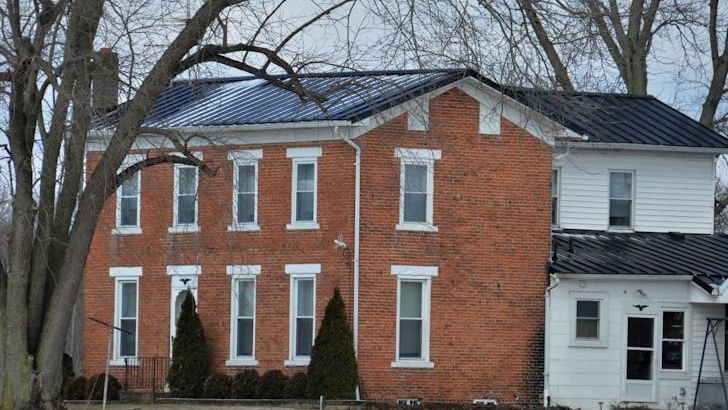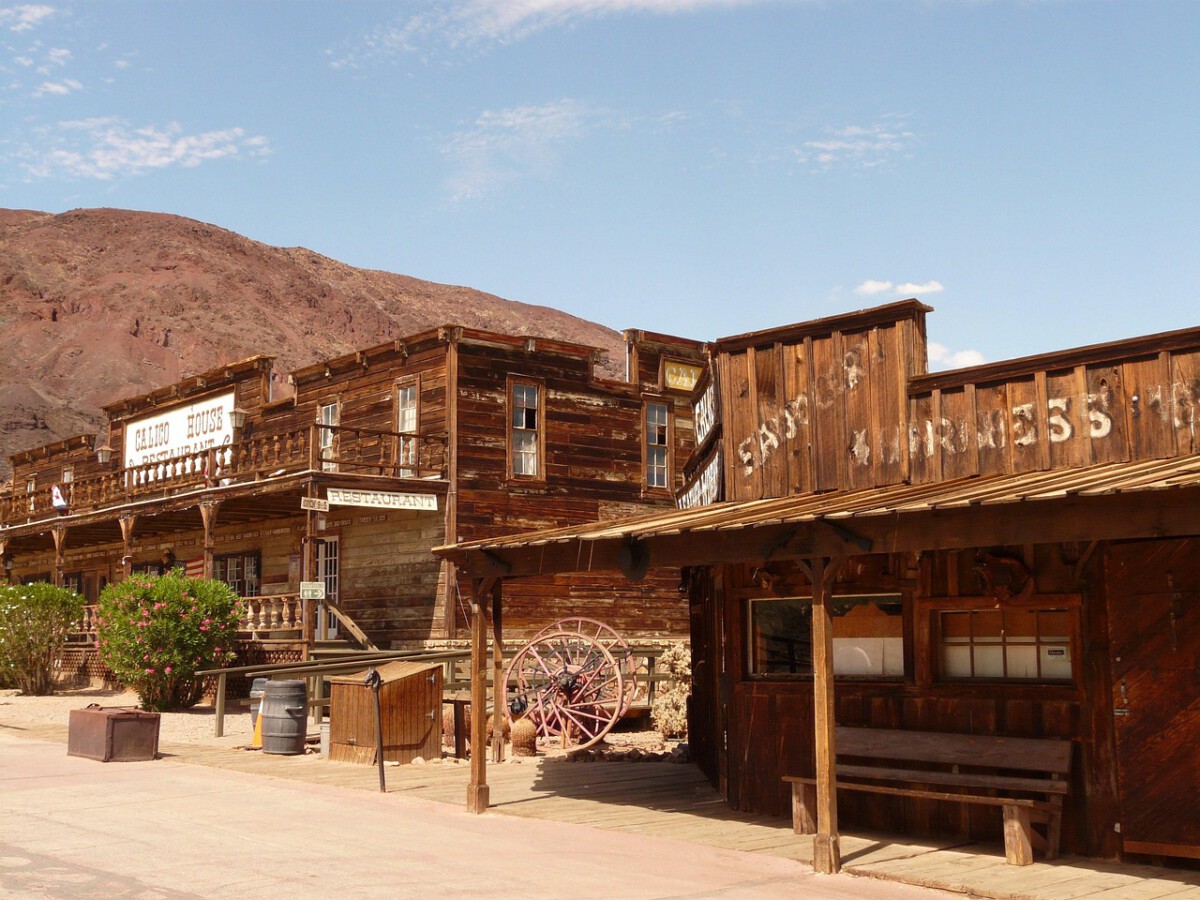The Economic Landscape: Growth Amidst Challenges
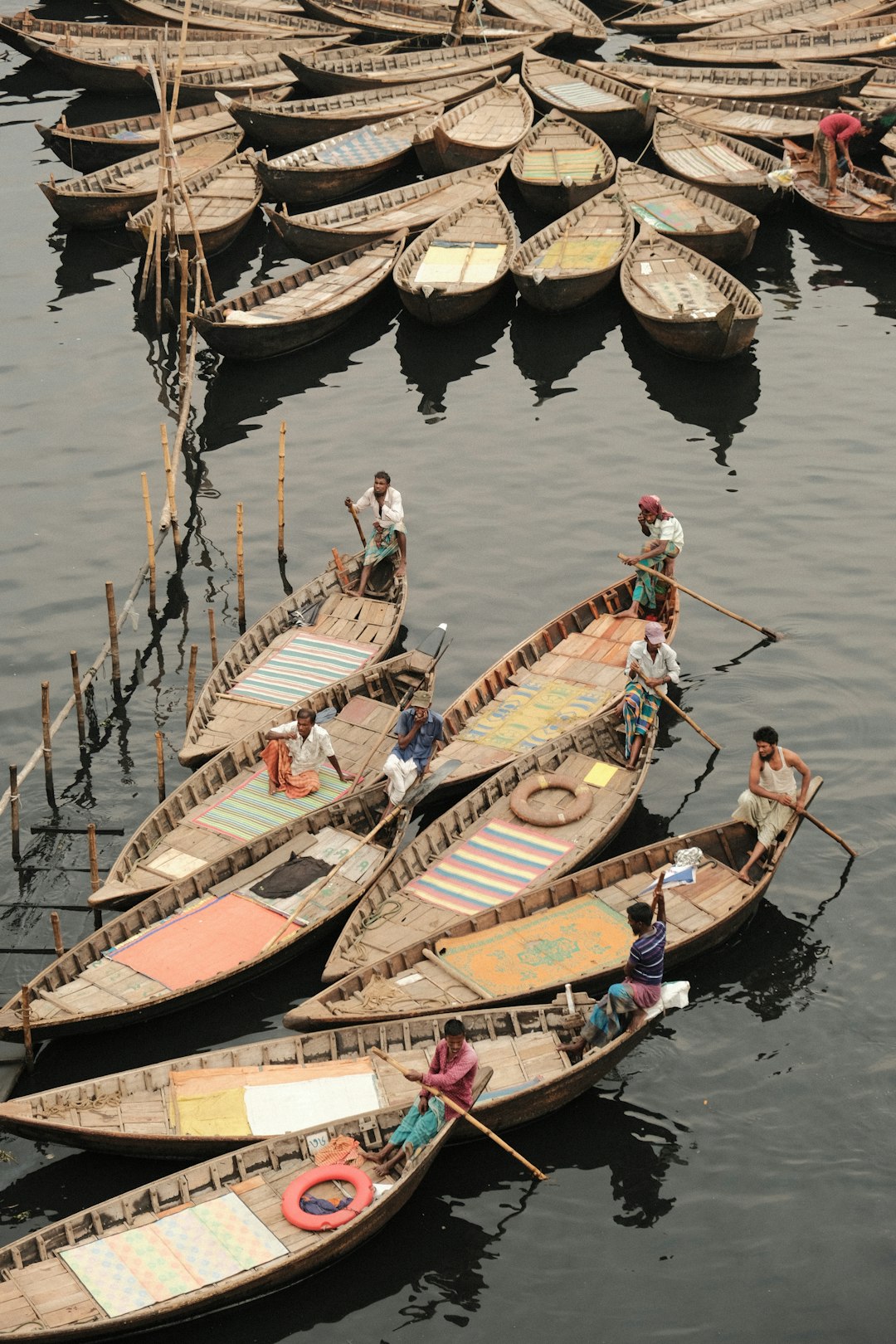
Bangladesh’s economic story has been marked by both rapid progress and glaring contradictions in 2024. The country’s GDP growth rate stood at an impressive 6.9%, according to the World Bank, fueled primarily by the booming ready-made garment (RMG) sector, which now accounts for a staggering 84% of Bangladesh’s total exports. Despite these gains, around 20% of the population still lives below the poverty line, highlighting the uneven distribution of economic benefits. The informal sector, employing nearly 87% of the workforce according to the Bangladesh Bureau of Statistics, further complicates efforts at sustainable development, making social safety nets hard to manage and regulate. In response, the government has introduced targeted cash transfer programs and subsidies, but debates continue over the transparency and reach of such initiatives. Inflation, which hovered at around 8% in early 2025, has added to the cost-of-living pressures, particularly for low-income families. The economic picture is thus a patchwork of spectacular growth and persistent vulnerability, dispelling the myth that prosperity has been evenly felt across the nation.
Urbanization and Infrastructure: The Struggle to Keep Up

With Dhaka’s population projected to surpass 21 million in 2025, Bangladesh faces some of the most severe urbanization pressures in the world. The capital’s streets are often gridlocked, and the daily commute can stretch into hours, reflecting a lack of adequate public transport and road networks. Major infrastructure projects, like the Dhaka Metro Rail launched in late 2023, aim to address congestion, yet construction delays and funding challenges have slowed progress. The rapid expansion of informal settlements, or “slums,” has left millions without proper sewage, clean water, or reliable electricity. In 2024, nearly 35% of urban residents were living in slum conditions, based on UN-Habitat data. Power outages and water shortages are regular occurrences, especially during the sweltering summer months when demand peaks. These issues challenge the image of a modernizing metropolis, revealing a city still racing to catch up with the needs of its swelling population.
Education: Progress and Pitfalls
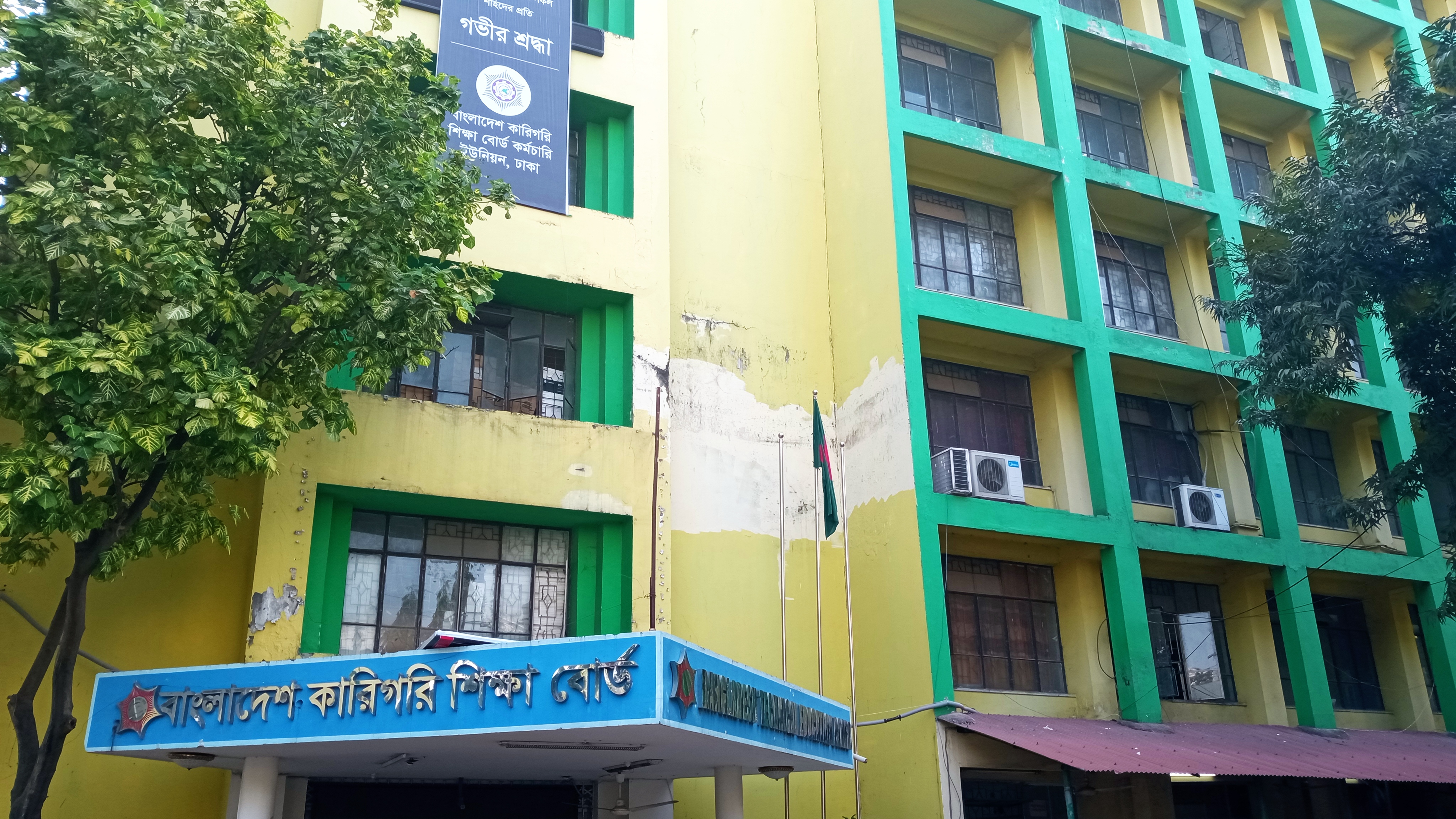
Bangladesh’s literacy rate climbed to approximately 73% in 2024, a notable improvement credited to major investments in primary education and enrollment drives. The government’s Digital Bangladesh initiative has introduced tablets and e-learning platforms to thousands of schools, seeking to bridge educational gaps. Yet, disparities between urban and rural areas remain stark—while city schools often boast computers and air-conditioned classrooms, many rural schools lack even basic amenities like clean toilets or safe drinking water. Teacher shortages persist: in 2024, the national teacher-to-student ratio in primary schools was 1:42, far exceeding UNESCO’s recommended average. Dropout rates remain high, especially among girls in rural regions, due to early marriage pressures and household responsibilities. Recent studies also highlight concerns over rote-based learning and inadequate teacher training, suggesting that improvements in quantity have not always been matched by gains in educational quality.
Health Care: Access and Quality Issues
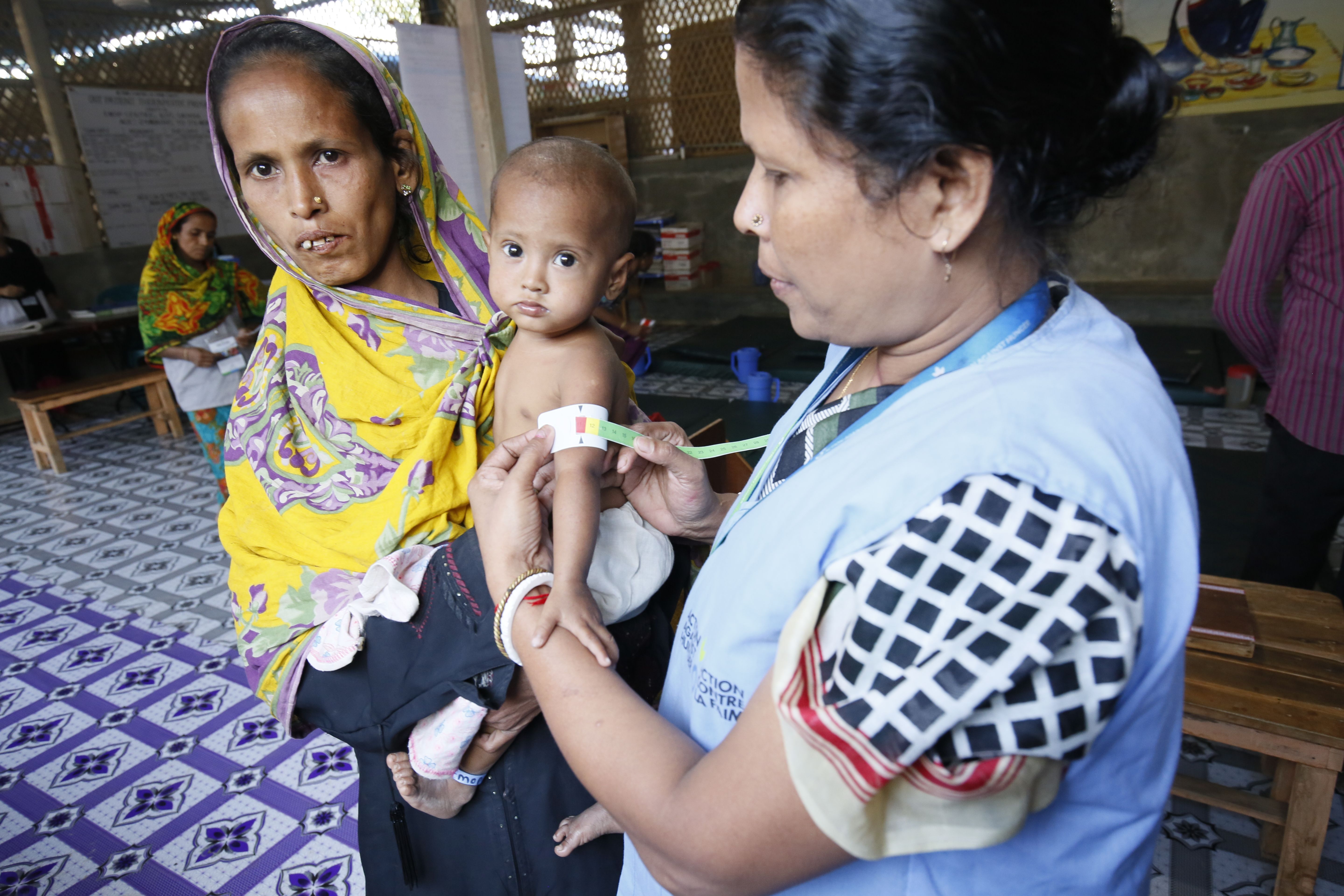
Life expectancy in Bangladesh reached 73 years in 2024, reflecting gradual improvements in public health. Immunization campaigns have curbed diseases like polio and measles, and maternal and child mortality rates have declined steadily. Despite these successes, only 0.6% of GDP is allocated to health, which is far below the global average, according to a 2024 WHO report. Hospitals in rural areas are often understaffed and lack essential equipment; in some districts, there is just one doctor for every 10,000 people. The COVID-19 pandemic further exposed these weaknesses, with vaccine rollout in remote areas lagging behind urban centers by several months. Corruption and mismanagement in public procurement have also hampered the distribution of medicines and medical supplies. Out-of-pocket expenses remain high, forcing many families to choose between healthcare and basic necessities.
Gender Equality: Progress and Ongoing Struggles
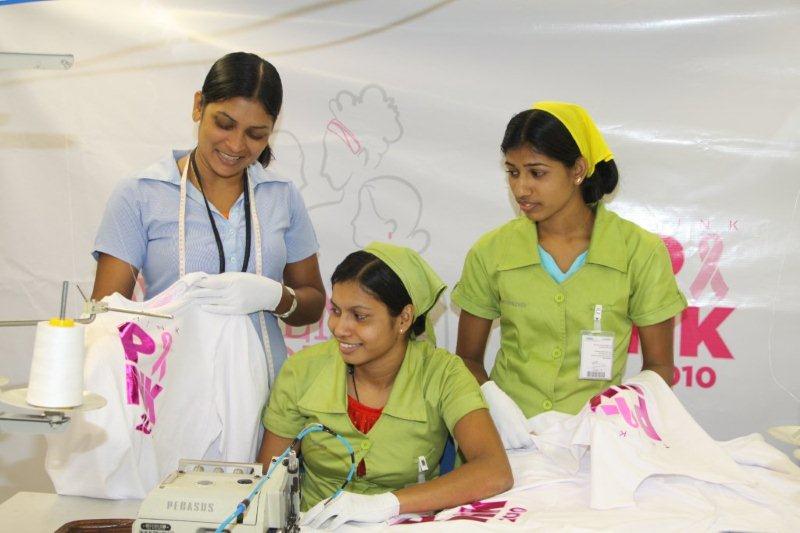
Women now make up about 60% of the workforce in the garment industry, earning crucial income for their families and contributing to national exports. Yet, the 2023 Gender Gap Index ranked Bangladesh 125th out of 156 countries, underscoring persistent inequality. Gender-based violence is a widespread problem, with over 60% of women reporting some form of abuse in their lifetimes, as per a 2024 survey by BRAC, a leading NGO. Legal protections exist but are often weakly enforced, and social stigma deters many women from seeking help. Microfinance programs targeting female entrepreneurs have helped some women start small businesses, but access to capital and markets remains limited. Workplace discrimination and unequal pay are still major issues, despite recent government initiatives to promote women’s rights. Cultural attitudes are slowly shifting, but deep-rooted norms continue to restrict women’s opportunities in many spheres.
Environmental Challenges: Climate Change and Resilience
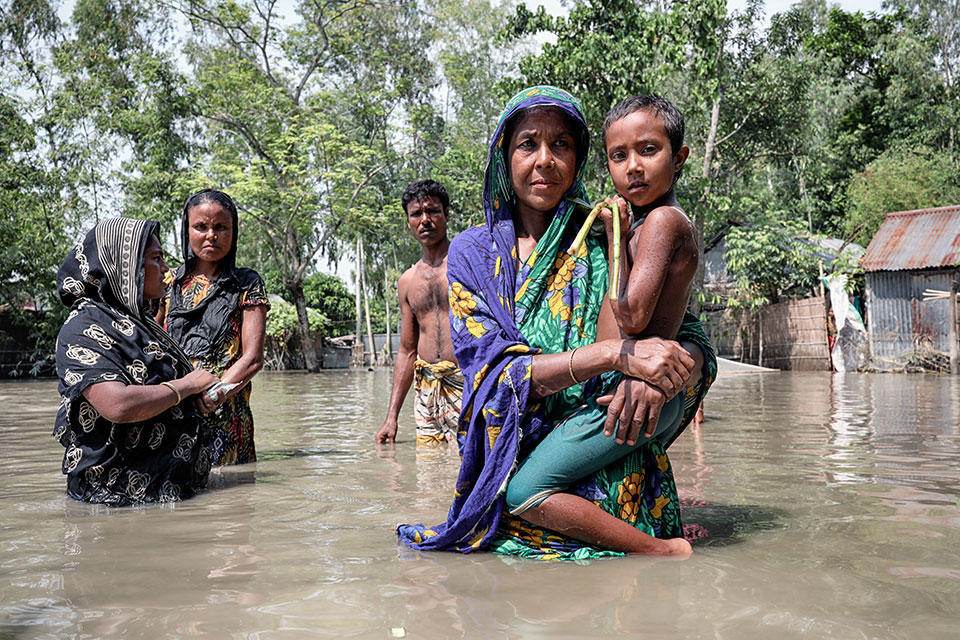
Bangladesh is acutely vulnerable to climate change, with an average of one major flood annually and frequent cyclones battering its low-lying delta. The World Bank estimates that up to 20 million people could be displaced by rising sea levels and extreme weather events by 2050. In 2023, severe floods inundated over a third of the country, destroying crops, homes, and vital infrastructure. The government has responded with embankment construction, floating agriculture, and early warning systems, but critics argue these measures are not sufficient for long-term resilience. Mangrove restoration in the Sundarbans, the world’s largest mangrove forest, has become a priority, but deforestation and illegal encroachment threaten these natural defenses. International aid has funded climate adaptation projects, yet coordination and transparency issues often limit their effectiveness. As climate risks intensify, entire communities in coastal regions face uncertain futures.
Cultural Richness: A Tapestry of Traditions
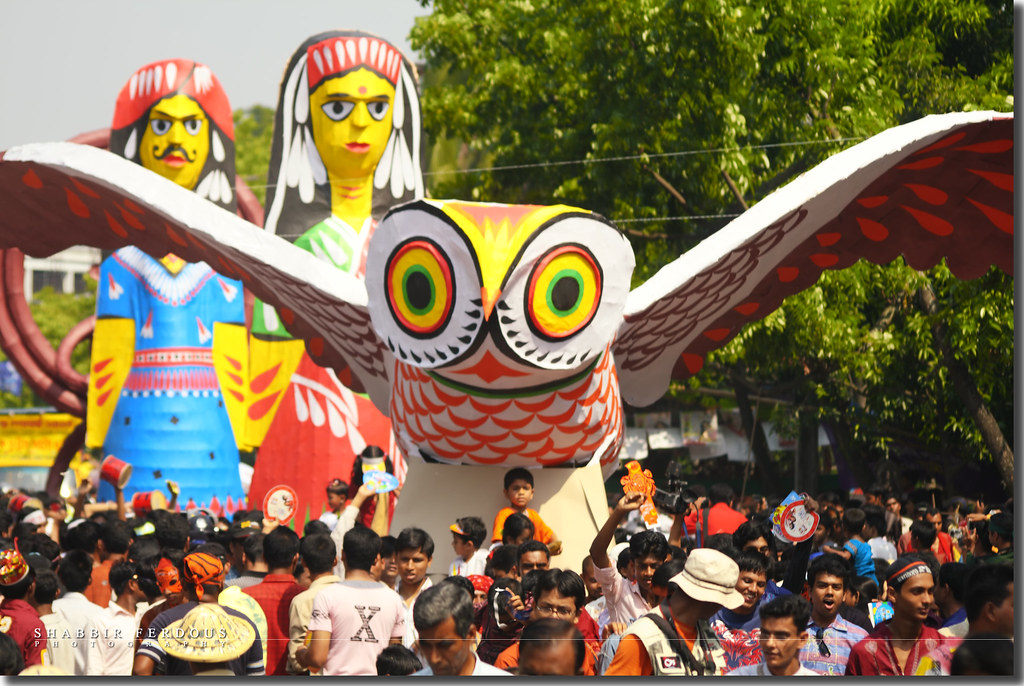
Bangladesh’s cultural life is vibrant and deeply rooted in centuries-old traditions. Festivals like Pohela Boishakh (Bengali New Year) and Durga Puja draw millions into the streets for music, dance, and colorful processions. The country’s literary legacy boasts Nobel laureate Rabindranath Tagore and celebrated poet Kazi Nazrul Islam, whose works remain staples in school curricula. In 2023, UNESCO recognized Nakshi Kantha, the art of embroidered quilts, as Intangible Cultural Heritage, a nod to the resilience and creativity of rural women. Yet, the influx of Western media and consumer culture poses a challenge to preserving local customs, especially among urban youth. Traditional foods, crafts, and music still thrive in many parts of the country, but globalization has led to shifting identities. Cultural organizations and the government are working to promote heritage tourism and arts education, aiming to keep Bangladesh’s unique tapestry alive in a rapidly changing world.
Political Landscape: Democracy and Governance
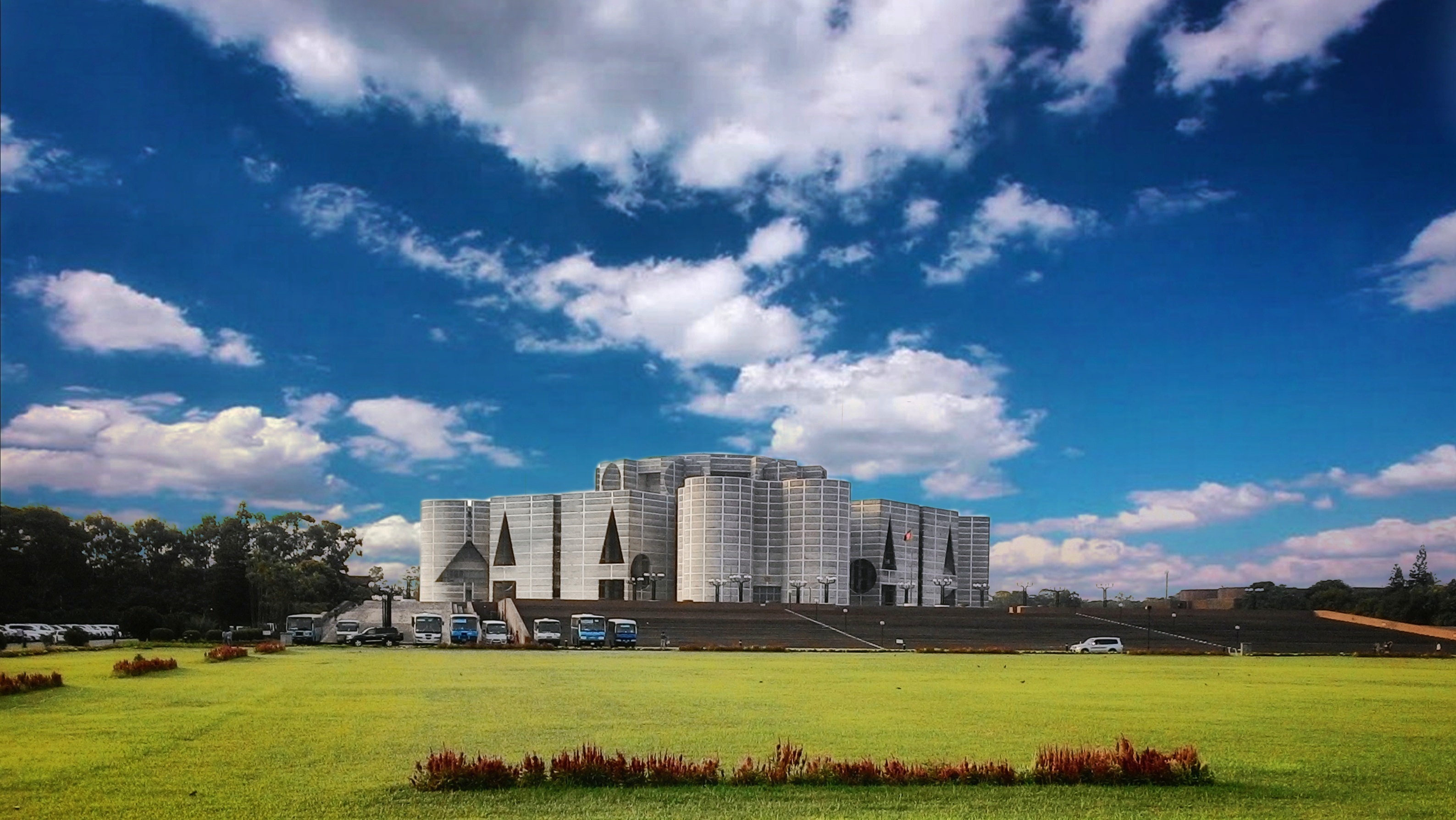
Bangladesh remains a parliamentary democracy, but its political climate is fraught with tension and periodic unrest. The 2024 general elections are widely anticipated to be contentious, with major opposition parties alleging voter suppression and irregularities. Transparency International’s Corruption Perceptions Index ranked Bangladesh 147th out of 180 countries, reflecting deep concerns about political accountability. Civil society groups and independent media often face pressure, while protests and strikes are common, especially in the lead-up to elections. Despite these challenges, voter turnout remains high, indicating strong public engagement with the democratic process. Governance reforms, such as e-governance initiatives and anti-corruption drives, have been launched but are met with skepticism due to slow implementation and limited impact. Political polarization and the legacy of military rule continue to shape the country’s governance landscape.
Technology and Innovation: A Growing Sector
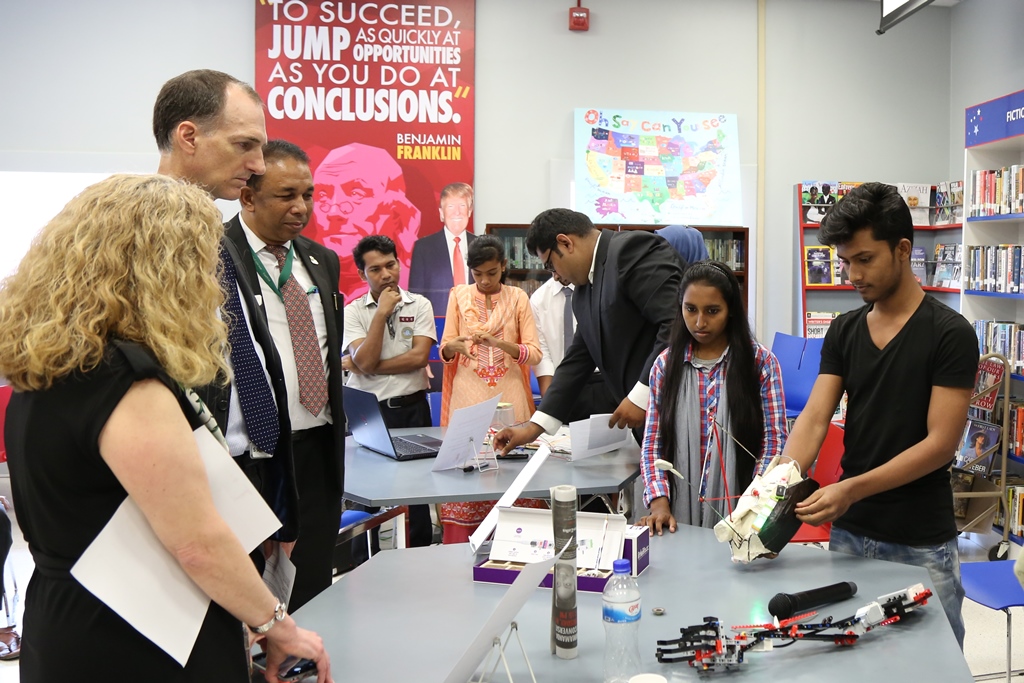
Bangladesh’s technology sector has become a beacon of hope for the country’s youth, with over 1,500 startups active in 2025. The government’s Startup Bangladesh fund has injected capital into promising ventures, particularly in fintech, health tech, and e-commerce. bKash, now one of the world’s largest mobile financial services, processed more than 2 billion transactions in 2024 alone, revolutionizing how ordinary people manage money. While internet penetration reached 68% in early 2025, rural-urban disparities remain, with connectivity and digital literacy lagging outside major cities. Cybersecurity and regulatory challenges have also emerged as the sector grows. Technology parks in Dhaka and Chattogram aim to nurture innovation, but access to venture capital and skilled talent is still limited compared to regional competitors. Despite these hurdles, Bangladesh’s tech ecosystem is increasingly recognized by international investors as a space to watch.
International Relations: Balancing Act
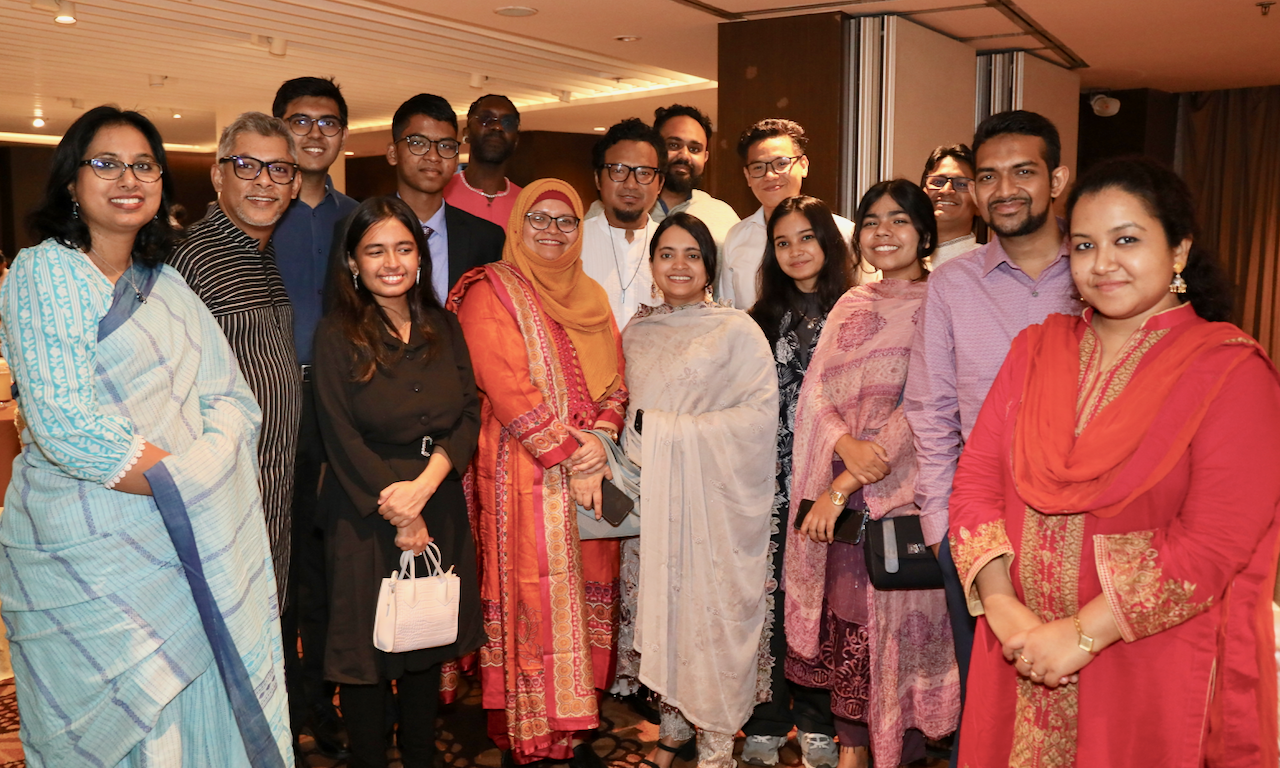
Bangladesh’s foreign policy in 2025 is a careful balancing act between powerful neighbors India and China, both of whom are major investors in the country’s infrastructure development. Recent years have seen Bangladesh join China’s Belt and Road Initiative, while also deepening security and trade ties with India. The ongoing Rohingya refugee crisis, with over 1 million refugees from Myanmar living in camps in Cox’s Bazar, continues to strain diplomatic relations and domestic resources. International organizations have provided significant humanitarian aid, but a durable solution remains elusive as repatriation talks stall. Bangladesh also plays an active role in South Asian regional forums, advocating for climate resilience and economic cooperation. Trade agreements with the European Union and Middle Eastern countries have helped diversify export markets, though geopolitical tensions in the region require constant diplomatic navigation. The government’s foreign policy increasingly reflects a pragmatic approach, seeking development partnerships while safeguarding national interests.



